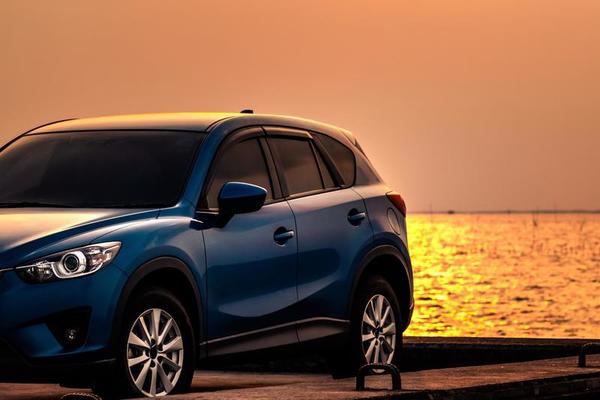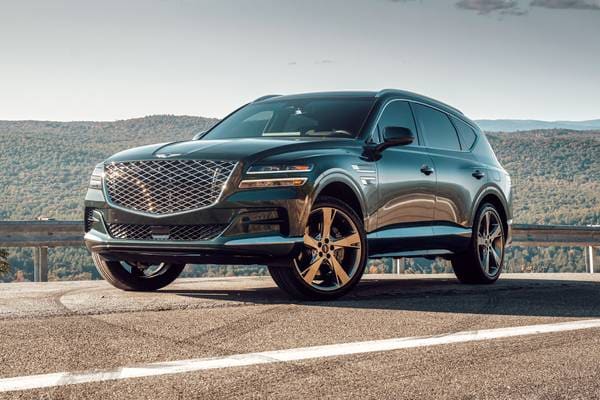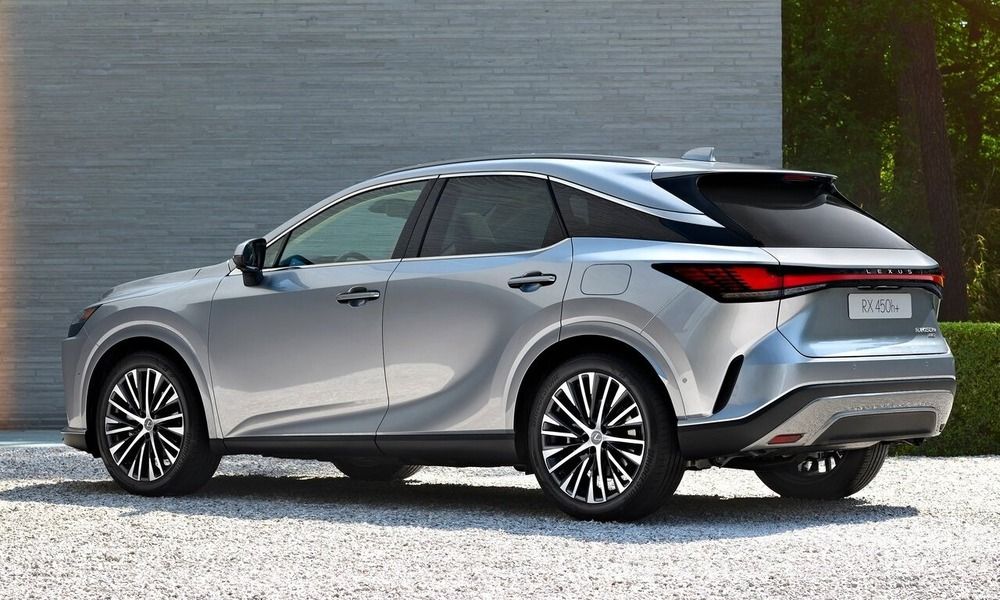When SUVs first hit the market in the 1990s, their design was simple and utilitarian. The boxy shape was meant to maximize interior space and provide a rugged, off-road appearance. However, as time passed, the design of SUVs has undergone a significant transformation. Today’s SUVs feature sleek lines, aerodynamic shapes, and an emphasis on luxury. Let’s take a look at the evolution of SUV design from its early beginnings to the present day.
Early SUV Design

In the early days of SUVs, their design was more focused on function than form. The boxy shape was meant to provide ample interior space for passengers and cargo, while also providing a rugged appearance. The early SUVs were also designed with off-road capabilities in mind, which meant they had higher ground clearance and larger tires for better traction.
The Ford Bronco, introduced in 1966, is a great example of early SUV design. Its boxy shape, high ground clearance, and large tires all contributed to its off-road capabilities. The Bronco was also designed with a removable top, which added to its versatility.
The Rise of the Luxury SUV
As SUVs became more popular in the 1990s, their design began to shift towards luxury. SUVs like the Cadillac Escalade and Lincoln Navigator were designed with luxury in mind, featuring plush interiors and high-end features like heated seats and premium sound systems.
However, even as SUVs became more luxurious, they still maintained their boxy shape. The boxy design was still seen as a symbol of ruggedness and off-road capabilities, even if most SUVs never left the pavement.
Sleek and Stylish SUVs

In the 2010s, SUV design began to undergo a major transformation. The boxy shape that had defined SUVs for decades began to disappear, replaced by sleek and stylish designs that emphasized aerodynamics and efficiency.
SUVs like the BMW X6 and Mercedes-Benz GLE Coupe were among the first to feature this new, sleek design language. These SUVs had a sloping roofline and a more streamlined appearance, giving them a sporty and athletic look.
Today, many SUVs feature this sleek and stylish design, including the popular Toyota RAV4 and Honda CR-V. These SUVs are designed to be efficient and practical, while also providing a stylish appearance that sets them apart from the boxy SUVs of the past.
The Future of SUV Design
As we look to the future, it’s clear that SUV design will continue to evolve. With the rise of electric and hybrid SUVs, we can expect to see even more emphasis on efficiency and aerodynamics. SUVs may also become more compact, as smaller vehicles become more popular in urban environments.
However, even as SUVs continue to evolve, one thing is clear: they will always be a popular choice for drivers who value versatility, practicality, and style.
- Early SUV design was focused on function and off-road capabilities, with a boxy shape for ample interior space.
- The rise of luxury SUVs in the 1990s added a focus on comfort and high-end features, while still maintaining the boxy shape.
- In the 2010s, SUV design began to shift towards a sleek and stylish appearance, with an emphasis on aerodynamics and efficiency.
- The future of SUV design will likely continue to focus on efficiency and aerodynamics, with the potential for more compact SUVs.






More Stories
Compact vs. Full-Size SUVs: Which is More Suitable for City Driving?
SUVs in Extreme Conditions: Their Role in Exploration and Emergency Services
Evaluating the Safety Features of Top-Rated SUVs